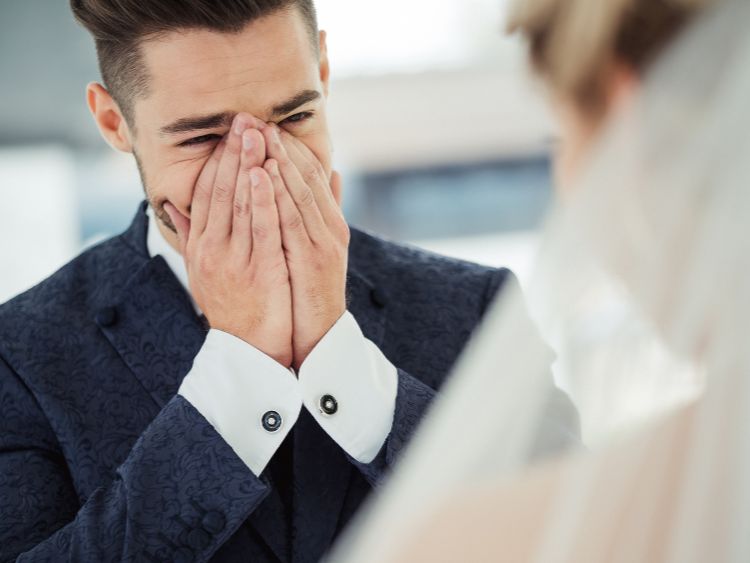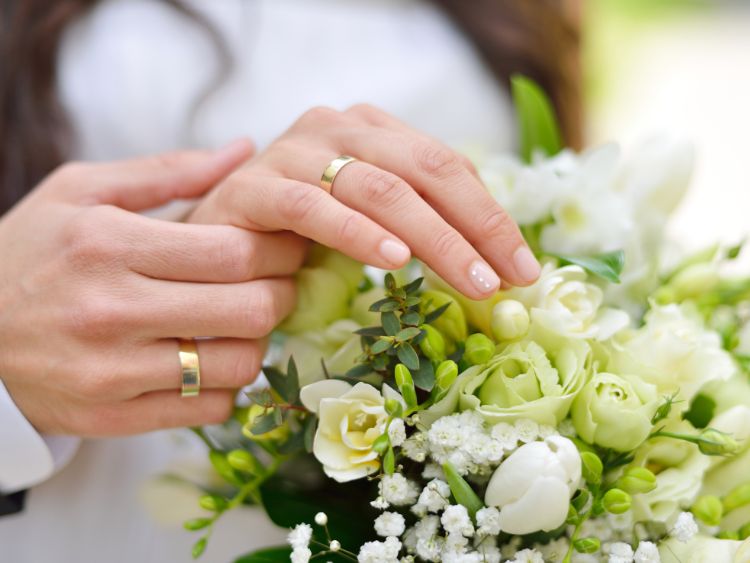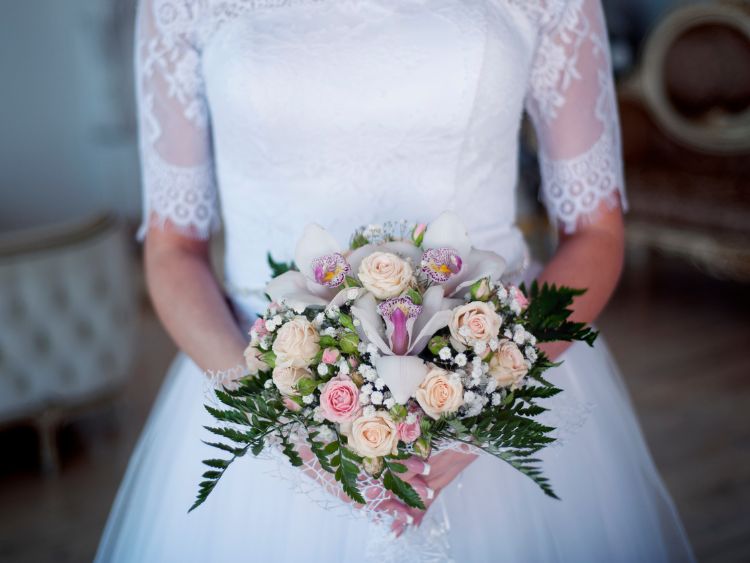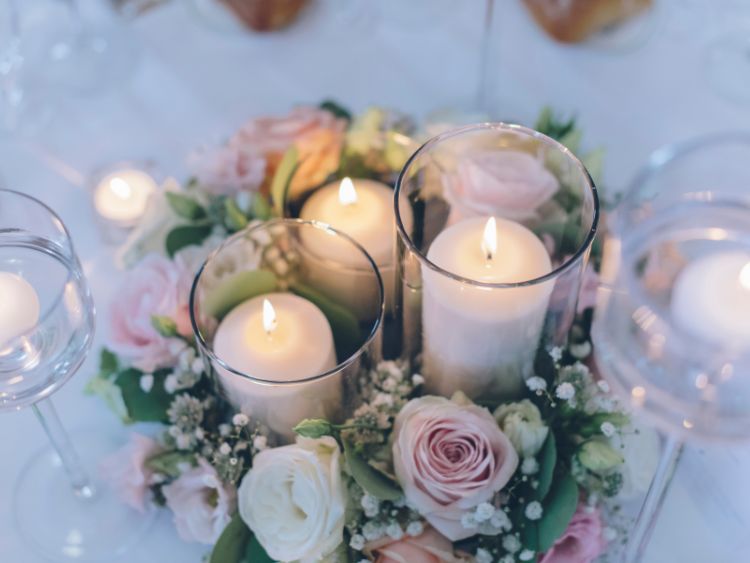Men’s Formal Attire: A Comprehensive Guide to Dressing Sharp
When it comes to making a statement, nothing speaks louder than well-chosen men’s formal attire. Whether you’re preparing for a wedding, a job interview, or a black-tie event, the right outfit can enhance your confidence and leave a lasting impression. This guide will walk you through everything you need to know about men’s formal attire, from selecting the perfect suit to mastering the art of accessorizing.
Understanding Men’s Formal Attire
Men’s formal attire is more than just a suit and tie. It’s a combination of elements that, when perfectly balanced, create a polished and professional look. Whether you’re donning a tuxedo or a three-piece suit, understanding the components and the occasions for each is crucial.
The Suit: The Backbone of Formal Attire
At the heart of men’s formal attire is the suit. It’s the go-to choice for a variety of formal occasions, from business meetings to weddings. A well-fitted suit is essential—it should hug your shoulders, taper at the waist, and rest comfortably on your frame without being too tight or too loose.
Key Elements of a Suit:
- Jacket: The suit jacket should fit snugly around the shoulders without pulling. The sleeves should end at your wrist bone, allowing about half an inch of your shirt cuff to show.
- Trousers: Suit trousers should sit comfortably at your waist, with a slight break at the shoe. Avoid overly long trousers that bunch up at the ankles.
- Vest: For a three-piece suit, the vest adds an extra layer of formality. It should fit close to the body without being too tight.
The Tuxedo: For Black-Tie Events
When the invitation says “black tie,” the tuxedo is your best bet. Tuxedos are synonymous with sophistication and are typically reserved for evening events. Unlike a regular suit, a tuxedo has satin lapels, satin buttons, and a satin stripe down the side of the trousers.
Key Components of a Tuxedo:
- Jacket: The tuxedo jacket often features a shawl or peaked lapel, both of which are made from satin.
- Trousers: Tuxedo trousers are typically high-waisted and should be worn with suspenders.
- Shirt: A classic white dress shirt with a wingtip collar is standard for a tuxedo. Pleated or textured front shirts add a touch of elegance.
- Bow Tie: The bow tie is a must with a tuxedo. Black is traditional, but depending on the event, a subtle pattern or color can work.
Formal Shirts: The Foundation Layer
Your shirt is the foundation of your formal attire. It should be crisp, clean, and well-pressed. For most formal events, a white shirt is the safest choice, though light blue and other subtle colors can also be appropriate.
Shirt Styles to Consider:
- Classic Collar: Works well with a tie and is suitable for most formal occasions.
- Wingtip Collar: Best paired with a tuxedo and a bow tie.
- Spread Collar: Provides a modern look and pairs well with wider tie knots like the Windsor.
The Tie: The Finishing Touch
No formal outfit is complete without a tie. Whether you opt for a traditional necktie or a bow tie, make sure it complements your suit and shirt.
Choosing the Right Tie:
- Necktie: A silk tie in a solid color or subtle pattern is a safe bet for most formal occasions. Ensure it’s proportional to your suit lapels.
- Bow Tie: Reserved for tuxedos, the bow tie should be in a color that complements your outfit. Black is the standard for black-tie events.
Footwear: Stepping Out in Style
Your shoes are the foundation of your outfit. For formal attire, opt for polished leather shoes that complement your suit.
Types of Formal Shoes:
- Oxfords: The most classic option, ideal for nearly any formal event.
- Derbies: Slightly less formal than Oxfords but still a solid choice.
- Loafers: Suitable for more casual formal events or when comfort is a priority.
Accessories: Adding the Final Flourishes
Accessories can make or break your outfit. The key is subtlety—opt for pieces that enhance, rather than overpower, your look.
Essential Formal Accessories:
- Pocket Square: Adds a touch of flair to your suit jacket. Choose a color that complements your tie.
- Cufflinks: Necessary if you’re wearing a French cuff shirt. Choose understated designs in silver or gold.
- Belt: If you wear a belt, ensure it matches your shoes in both color and material.
- Watch: A classic timepiece can elevate your outfit. Opt for a slim, understated design.
Dressing for Different Formal Occasions
Understanding the nuances of formal attire for various events is essential. Here’s how to dress appropriately for different occasions:
Weddings: Celebrating in Style
Weddings vary in formality, so it’s crucial to know the dress code. For a formal wedding, a dark suit or tuxedo is usually appropriate. If it’s a black-tie event, stick with a classic tuxedo.
Job Interviews: Making a Strong First Impression
Your attire can set the tone for the interview. A well-fitted suit in a conservative color like navy or charcoal is ideal. Pair it with a white or light blue shirt and a silk tie.
Black-Tie Events: Embracing Elegance
For black-tie events, a tuxedo is non-negotiable. Stick with classic black and white elements, and make sure every detail is polished.
Business Meetings: Commanding Respect
A business meeting calls for a suit that projects confidence and professionalism. A dark suit with a subtle pattern, a white shirt, and a conservative tie are perfect for this setting.
FAQs About Men’s Formal Attire
Q: How should a suit jacket fit?
A: A suit jacket should fit snugly at the shoulders with the sleeves ending at your wrist bone. The jacket should taper slightly at the waist for a more tailored look.
Q: Can I wear a tuxedo during the day?
A: Tuxedos are traditionally reserved for evening events. For daytime formal events, a dark suit is more appropriate.
Q: What’s the difference between Oxfords and Derbies?
A: Oxfords have a closed lacing system, making them more formal, while Derbies have an open lacing system, which is slightly less formal but still suitable for many formal occasions.
Q: Should I wear a belt with my suit?
A: If your trousers have belt loops, you should wear a belt that matches your shoes in color and material. However, some prefer the cleaner look of trousers without a belt.
Q: How do I choose the right tie?
A: Your tie should complement your suit and shirt. For formal occasions, a silk tie in a solid color or subtle pattern is ideal. Make sure the width of the tie is proportional to your suit lapels.
Summary: The Art of Men’s Formal Attire
Dressing in men’s formal attire is about more than just looking good—it’s about feeling confident and making a strong impression. Whether you’re attending a wedding, a job interview, or a black-tie event, the right outfit can make all the difference. By understanding the key components of formal attire and how to wear them for different occasions, you’ll be well on your way to mastering the art of dressing sharp.
Authoritative Links:
- https://www.gq.com/style
- https://www.realmenrealstyle.com
- https://www.brooksbrothers.com/mens-clothing-suits
- https://www.esquire.com/style/mens-fashion
- https://www.ties.com
This article should provide readers with a comprehensive understanding of men’s formal attire, from choosing the right suit to accessorizing appropriately.



